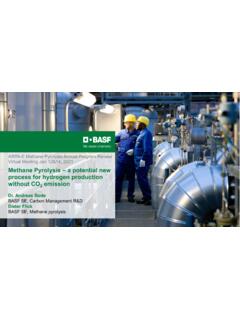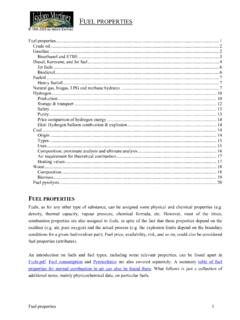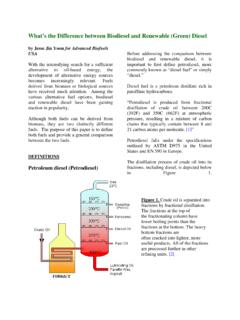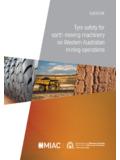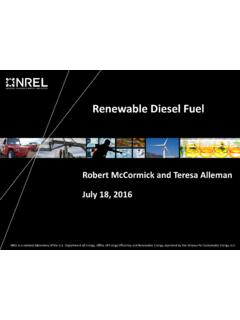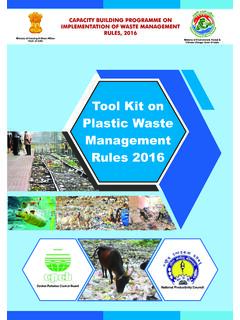Pyrolysis Oil
Found 10 free book(s)An Introduction to Biomass Thermochemical Conversion
www.nrel.govPOTENTIAL BIOMASS PRODUCTS • Potential Biomass Products • Biomass • Syngas • Hydrogen • Pyrolysis Oil – Whole or Fractionated • Hydrothermal Treatment Oils • Biomass • Solid • CH 1.4O 0.6 • HHV = 16 – 17 MBTU/ton (MAF) • Syngas • Major components – CO, H 2, CO 2 • CO/H 2 ratio set by steam rate in conditioning step, typical range 0.5 – 2 • HHV: 450 …
Methane Pyrolysis – a potential new process for hydrogen ...
arpa-e.energy.govMethane pyrolysis using grey electricity and natural gas would apply for blue certification Green electricity and biogas for . Source: F. Barth “ CertifHy – green certification Developing a European guarantee of origin scheme for green hydrogen. CertifHy.eu, 05.11.2019 | …
Fuel properties - UPM
webserver.dmt.upm.esFuel pyrolysis..... 20 FUEL PROPERTIES Fuels, as for any other type of substance, can be assigned some physical and chemical properties (e.g. density, thermal capacity, vapour pressure, chemical formula, etc. ... originally obtained from crude-oil distillation (petrodiesel), but alternatives are increasingly being developed for partial or total ...
What’s the Difference between Biodiesel and Renewable ...
www.advancedbiofuelsusa.infoMar 11, 2011 · pyrolysis, rapid thermal processing) “Renewable Diesel” Process Thermal depolymerization is another process that can convert biomass or other carbon-containing material into a “bio-oil” that is then refined into a petrodiesel-like fuel. Conversion temperatures are typically 570-660 degrees Fahrenheit with a pressure
Tyre safety for earth-moving machinery on Western ...
www.dmp.wa.gov.au• pyrolysis or diffusion — leading to explosions. 3.2 Compressed air Compressed air poses a significant injury risk to workers, ... ) should . always be worn to protect workers from injury by high-velocity air jets, as well as particles of dust, metal, oil and other debris that can be mobilised by a high-velocity air stream. Overalls and ...
Renewable Diesel Fuel - Energy
cleancities.energy.gov4 RD and Biodiesel •Biodiesel is solely produced through esterification of fats/oils •RD can be produced through multiple processes o Hydrogenation (hydrotreating) of fats/oils/esters o Fermentation of sugar o Co-processing with petroleum o Biomass pyrolysis/hydrotreating o Catalytic upgrading of sugar o Biomass-to-liquids (FT diesel) o Biogas-to-liquids (GTL/FT diesel)
Plastic Waste Management - NPC
www.npcindia.gov.inFigure 4: Process block diagram for Conversion of plasc waste into fuel-oil 19 Figure 5: Process Flow Diagram of Plasma Pyrolysis for Disposal of Plasc Waste 21. The rapid rate of urbanizaon and development has led to increase in consumpon of plasc
The #H2IQ Hour
www.energy.gov• Reforming, pyrolysis, air separation, catalysts, CCS, upstream emissions . Advanced Pathways . Photelectrochemical (PEC), thermochemical, biological, etc. *2020 Baseline: PEM (Polymer Electrolyte Membrane) low volume capital cost ~$1,500/kW, electricity at $50/MWh. Pathways to t argets include capital cost
Plastics-to-Oil: Conversion Technology—A Complement to ...
www.polymerinnovationblog.comfacilities that use pyrolysis technology to convert plastics into oil and fuel are being established in Europe and Asia. The benefits presented by plastic to fuel (PTF) technologies are two-fold: transforming non-recycled plastic into a valuable commodity, and creating a reliable source of alternative energy from an abundant, no-cost feedstock.
CHAPTER 9 RENEWABLE ENERGY SUPPLY - UNFCCC
unfccc.intthe rate of formation. For coal, oil, and natural gas, the ratio of time between formation and use is on the order of 1 million to one: that is, the world uses in one year what took natural processes one million years to create. Only biomass among these stored forms has a time ratio that is within a human time frame of years or decades.

